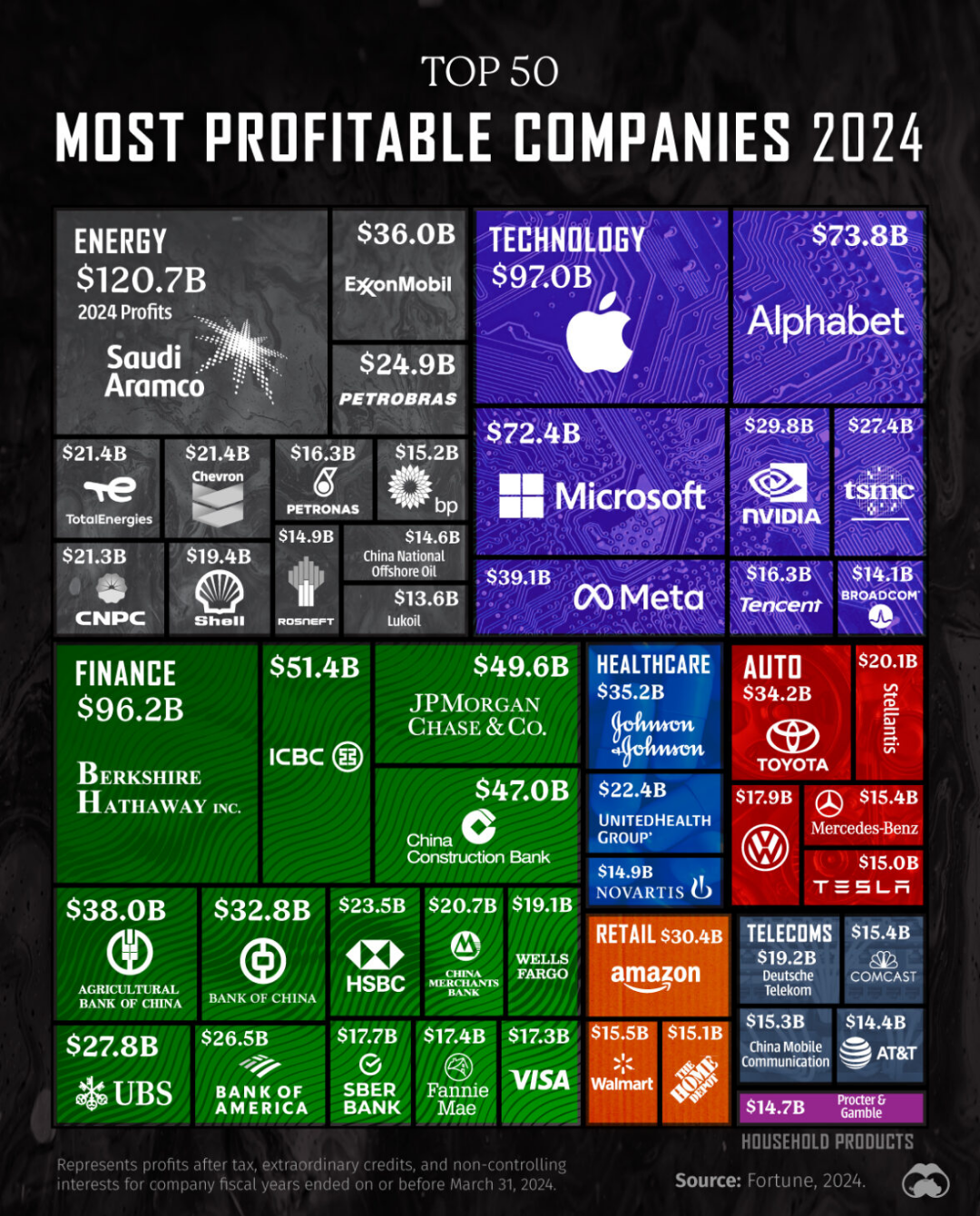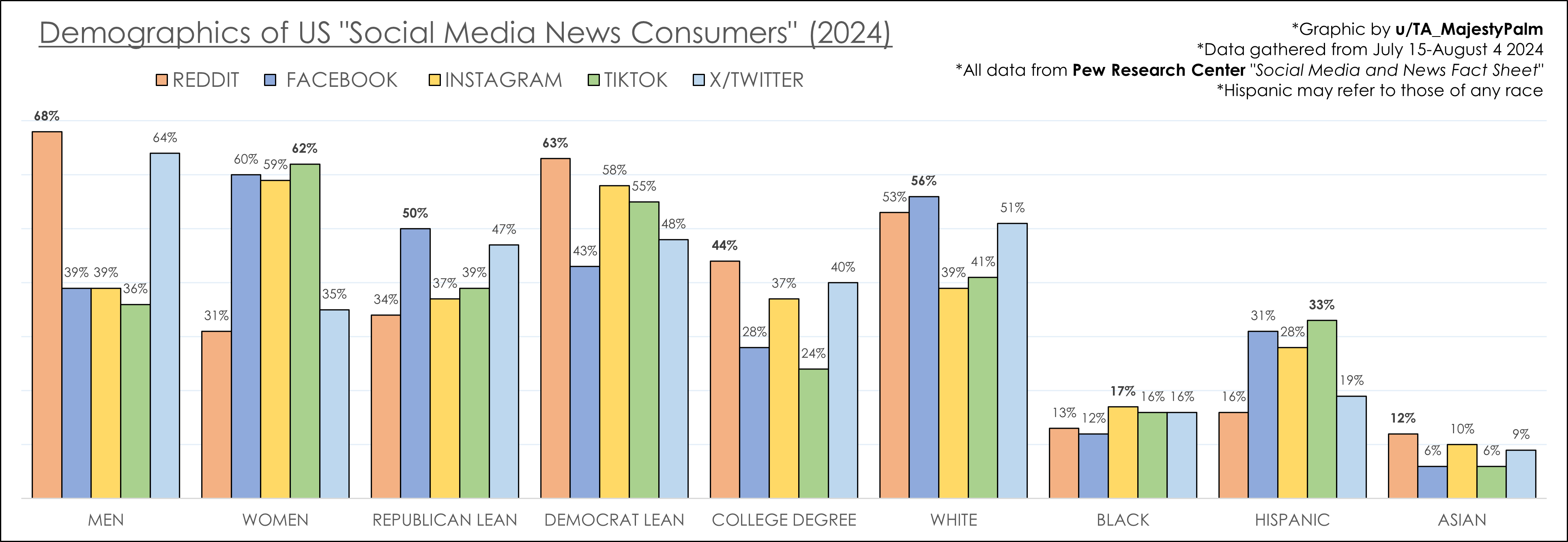Is the $1.8 trillion federal budget deficit in 2024 a ticking time bomb for the US economy?
Understanding the intricate dance between revenue and spending reveals a clearer picture.
In fiscal year 2024, the US federal government projects a total revenue of $4.83 trillion against spending of $6.1 trillion. This stark difference highlights significant allocations towards National Defense, Support for Veterans, and Social Security.
A comprehensive look at these figures not only outlines the potential economic impact but also underscores the priorities shaping national policies. At the heart of the US federal budget, the revenue collected from taxes and other sources dictates spending capabilities.
How will the government navigate this fiscal challenge? Explore the full article to uncover the detailed insights into the US federal government's revenue and spending for 2024.
Overview of US Federal Government Revenue and Spending in 2024
The fiscal year 2024 paints a broad picture of the US federal government's financial landscape, marked by a budget deficit of $1.8 trillion. This gap arises from the difference between total revenue and spending, with the former standing at $4.83 trillion and the latter at $6.1 trillion. This year, significant expenditures have been earmarked for National Defense, Support for Veterans, and Social Security, reflecting the government's commitment to these critical areas.
-
Revenue Sources:
- Individual Income Taxes: A substantial contributor to the federal revenue pool.
- Social Security Taxes: A key component supporting the Social Security program.
- Medicare Taxes: An essential source for funding healthcare services.
-
Spending Categories:
- National Defense: A major allocation that underscores the priority of national security.
- Social Security: Ensures the financial well-being of retirees and other beneficiaries.
The $1.8 trillion budget deficit highlights the fiscal challenges the government faces in balancing revenue and expenditures. This deficit could potentially lead to increased borrowing, impacting interest rates and the overall economy. Policymakers may need to address these fiscal imbalances to ensure sustainable economic growth and stability in the coming years.
Major Revenue Sources for the US Federal Government in 2024
The financial backbone of the US federal government for 2024 is supported by several key revenue streams. Individual income taxes, Medicare taxes, and Social Security taxes form the core, collectively contributing a substantial portion of the total $4.83 trillion in revenue. These sources are critical as they not only fund essential government services but also reflect the economic policies in place to sustain public welfare and infrastructure.
| Revenue Source | Amount ($ trillion) |
|————————–|———————|
| Individual Income Taxes | 1.17 |
| Medicare Taxes | 1.39 |
| Social Security Taxes | 1.17 |
Notable trends in 2024 include the increased reliance on Medicare taxes, which surpass individual income taxes in revenue generation. This shift underscores a growing emphasis on healthcare funding, aligning with demographic changes and rising healthcare costs. Compared to previous years, these changes indicate a strategic focus on sustaining healthcare systems while maintaining robust social security support.
Analyzing US Federal Government Spending Priorities in 2024
In 2024, the US federal government's spending priorities are clearly delineated, with significant allocations aimed at bolstering critical areas such as national defense, veterans' support, and social security. With a total spending of $6.1 trillion, these priorities highlight the government's commitment to strengthening national security, honoring veterans, and ensuring the welfare of retirees and other beneficiaries.
National Defense
The allocation of $1.1 trillion for National Defense underscores the importance placed on maintaining and enhancing the country's security infrastructure. This substantial investment is directed towards modernizing military capabilities, funding defense operations, and supporting defense-related research and development. The emphasis on national defense is a reflection of the government's strategy to safeguard national interests and respond to global security challenges.
Support for Veterans
Spending $1.32 trillion on Support for Veterans reflects the government's dedication to providing comprehensive benefits and services to those who have served in the armed forces. This funding covers a wide range of programs, including healthcare, education, and housing assistance, aimed at improving the quality of life for veterans and their families. The significant investment in veterans' support signals a commitment to honoring the sacrifices made by military personnel and ensuring their successful reintegration into civilian life.
Social Security
The $1.58 trillion allocated to Social Security represents the largest expenditure, highlighting its critical role in providing financial assistance to retirees, disabled individuals, and survivors. This funding ensures the continued disbursement of benefits to millions of Americans who rely on social security for financial stability. The emphasis on social security underscores the government's focus on safeguarding the economic security of its citizens, particularly the elderly and vulnerable populations.
These spending choices reflect a strategic approach to addressing both immediate and long-term challenges facing the nation. By prioritizing defense, veterans' support, and social security, the government demonstrates its commitment to national security, honoring service members, and ensuring the well-being of its citizens.
The Economic Impact of the 2024 US Federal Budget
The 2024 US federal budget, marked by a substantial deficit of $1.8 trillion, showcases the intricate balance between fiscal policy and economic impact. This budget directly influences several sectors, including public services, healthcare, and social programs. Public services may experience constraints as the government prioritizes essential spending areas, potentially leading to reduced funding for non-critical services. In healthcare, the emphasis on Medicare taxes indicates a strategic move to ensure adequate resources for rising healthcare demands. Social programs are similarly affected, with allocations reflecting the need to support vulnerable populations while managing fiscal constraints. Together, these factors highlight the government's efforts to maintain economic stability amidst budgetary pressures.
- Economic Growth: The deficit could slow economic growth as increased borrowing may crowd out private investment.
- Interest Rates: Higher government borrowing might lead to rising interest rates, affecting consumer loans and mortgages.
- Inflation: A large deficit can contribute to inflationary pressures if not managed with appropriate monetary policies.
- Investment: Reduced public investment in infrastructure and innovation could impact long-term productivity and competitiveness.
Experts suggest that while the current fiscal policies aim to address immediate economic needs, the long-term outlook hinges on strategic adjustments. Projections indicate that sustainable economic growth requires careful management of the deficit, with a focus on enhancing revenue streams and optimizing expenditure. Balancing these elements will be crucial to ensuring financial stability and fostering a resilient economy in the years to come.
Comparing 2024 Federal Budget to Previous Years
The fiscal year 2024 sees a notable increase in the US federal budget deficit, reaching $1.8 trillion, which is $138 billion more than the deficit recorded in FY2023. This escalation is primarily due to a significant decrease in revenues by $457 billion and a reduction in outlays by $83 billion compared to the previous year. These shifts reflect changes in both revenue collection and spending priorities, marking a departure from earlier fiscal patterns.
| Fiscal Year | Deficit ($ trillion) | Revenue Change | Outlay Change |
|————-|———————-|—————-|—————|
| 2023 | 1.7 | -457 billion | -83 billion |
| 2024 | 1.8 | | |
Several factors might be driving these changes, including shifts in economic conditions, policy adjustments, and external economic pressures. The reduction in revenue could be attributed to changes in tax policies or economic slowdowns, while the decrease in outlays suggests a reallocation of spending priorities. These trends underscore the need for strategic fiscal management to mitigate the growing deficit and ensure sustainable economic health in future budgets.
Final Words
Exploring the intricacies of US federal government revenue and spending in 2024 reveals both the challenges and priorities facing the nation.
The government's budget of $6.1 trillion, offset by revenue of $4.83 trillion, results in a deficit of $1.8 trillion, raising concerns over fiscal sustainability.
Significant spending on National Defense, Support for Veterans, and Social Security highlights commitments to security and social welfare.
While the deficit growth from the previous year signals potential economic pressures, understanding these dynamics offers insight into the country's fiscal strategies.
Moving forward, an informed approach to addressing fiscal policy will be crucial for economic stability and ensuring essential public services endure.



